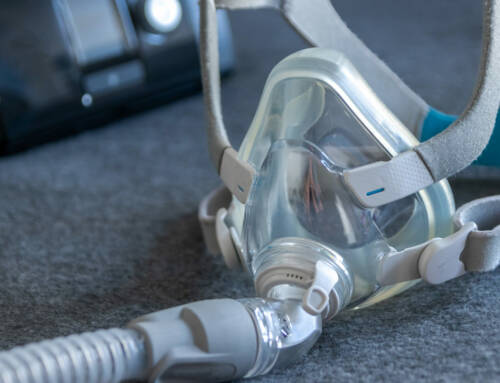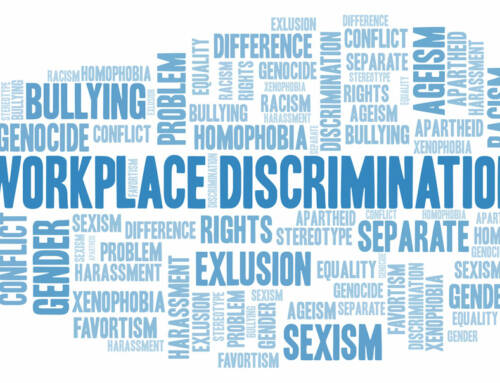2020 continues to be a rough year for many people.
In 1986, Ramsey, who is now 52, went to prison for a brutal murder in a Flatbush crack house. The prosecutor’s case rested almost entirely on a witness who initially told police he could not remember what the suspect looked like, partially because he had been smoking angel dust most of the day. Then, officers threatened to charge the witness’ brother with the crime. His memory suddenly improved, and he picked Ramsey out of a photo lineup. All the people in that lineup had last names which ended in “R.”
The Ramsey jurors were not told that the NYPD subsequently arrested two other suspects, neither of whom implicated Ramsey.
Lineup Issues
Photo and live lineups are an essential part of many criminal investigations. They are also fraught with question marks, in many cases.
Double-Blind Lineups
Most likely, the photo lineup in the John Ramsey case was not double blind. During lineups, neither the administering officer nor the witness should know the suspect’s identity. Otherwise, the administering officer often gives the witness subtle, or not-so-subtle, clues about which person to pick. For example, the suspect might be in the middle of the lineup, might have some physical attributes the others lack, or the officer might pause ever so slightly when putting the suspect’s picture on the table.
On a related note, an additional disclaimer, like “the suspect might or might not be in this lineup,” often improves accuracy. In these situations, the witness does not feel pressured to pick someone who looks familiar.
Cross-Racial Identification
Ethnic diversity is usually a very good thing. Criminal investigation lineups are one of the very rare exceptions.
If a white person sees ten black people who are all about the same age, weight, and height, to many witnesses, they all look alike. The same thing is true if a black witness looks at ten white suspects. So, cross-racial identification has nothing to do with racism. In fact, scientists have observed this phenomenon even among people who lived with a different ethnic group. Instead, cross-racial bias is biological, and police investigators almost never account for this deficiency.
Eyewitness Issues
One former Supreme Court Justice called eyewitness testimony the most compelling and least reliable form of evidence in a criminal case. Something almost mystical happens when a witness takes the stand and points at the defendant who is seated at the counsel table. That’s especially true if the jury knows the defendant is in custody. Most people, including most jurors, assume that if someone is in jail, s/he probably did something wrong.
Unfortunately, some attorneys pull their punches when witnesses are on the stand, at least subconsciously. After all, the witness is not on trial and we want to encourage people to come forward and tell what they saw, or at least what they think they saw.
The United States has an adversarial justice system. It’s up to the defense attorney to poke holes in the prosecutor’s case whenever possible. That’s the best way for the truth to come to light.
Justice matters. For a confidential consultation with an experienced civil litigation attorney in New York, contact Marie Napoli.






